Collapsing Star Gives Birth to a Black Hole - NASA Science

Search

Search
Suggested Searches
Highlights
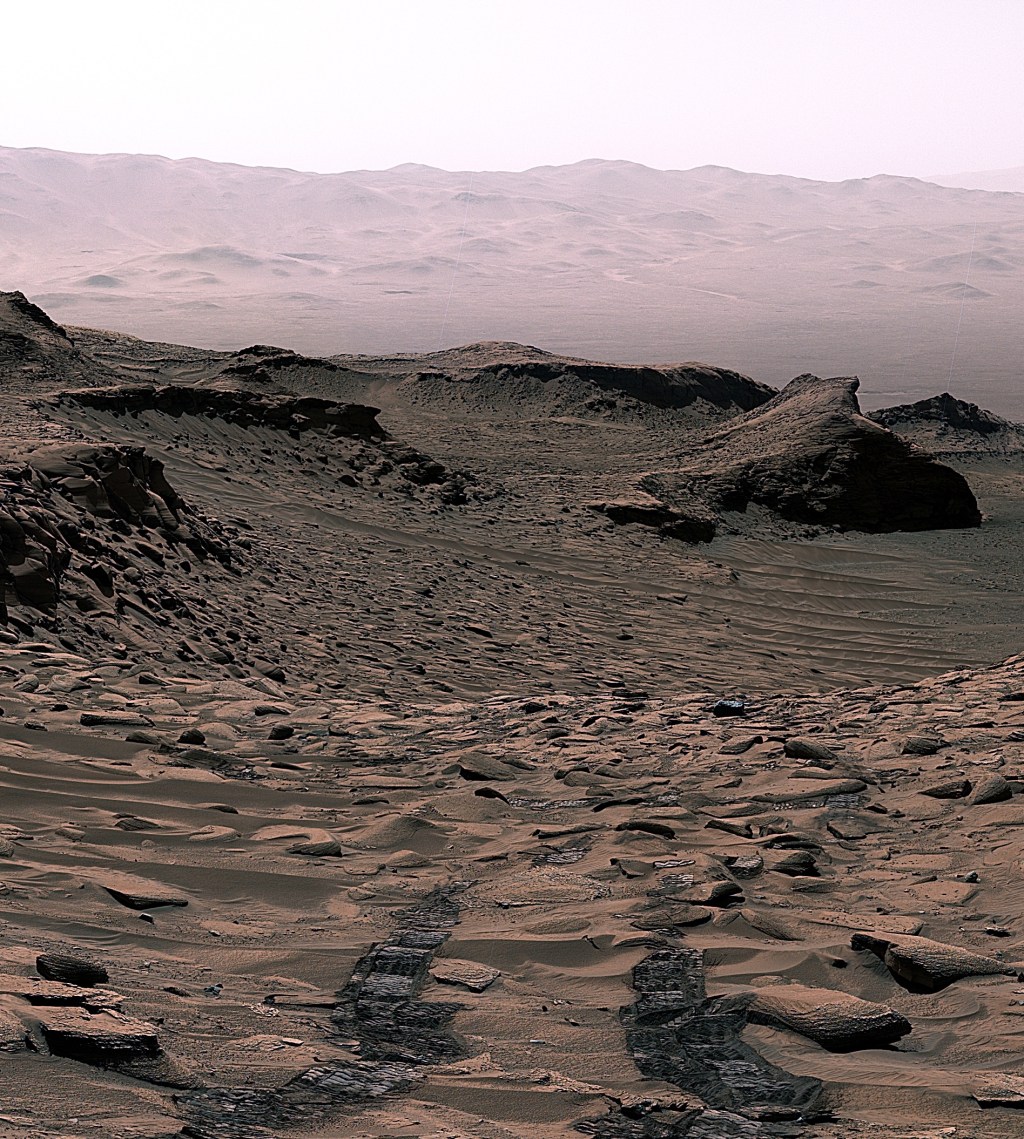 3 min read ### NASA’s Curiosity Rover May Have Solved Mars’ Missing Carbonate Mystery article3 days ago
3 min read ### NASA’s Curiosity Rover May Have Solved Mars’ Missing Carbonate Mystery article3 days ago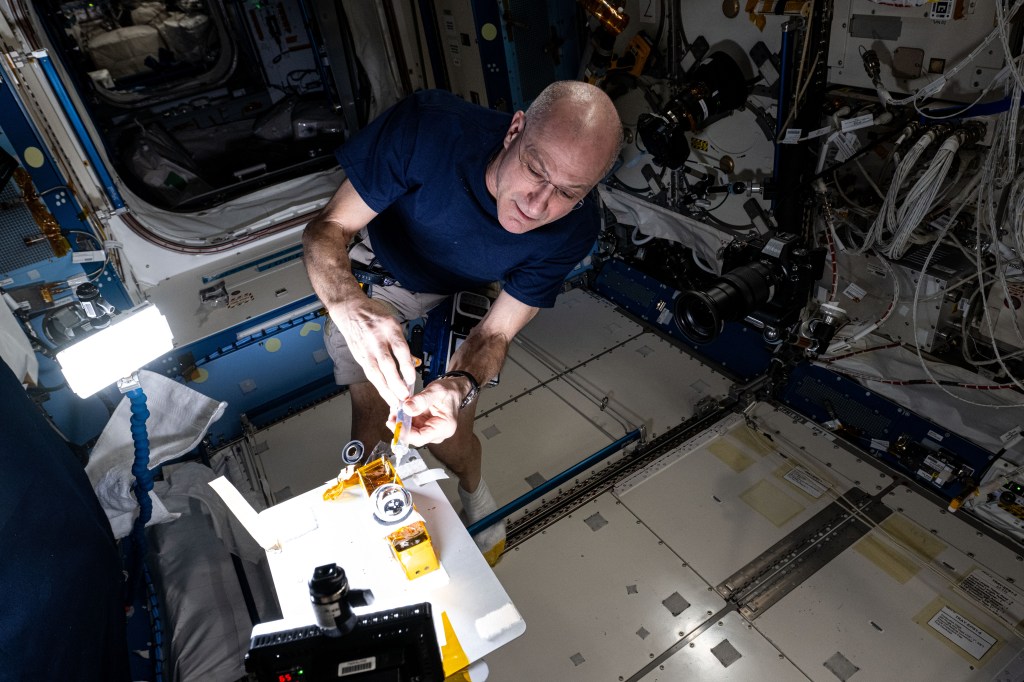 4 min read ### Science Meets Art: NASA Astronaut Don Pettit Turns the Camera on Science article3 days ago
4 min read ### Science Meets Art: NASA Astronaut Don Pettit Turns the Camera on Science article3 days ago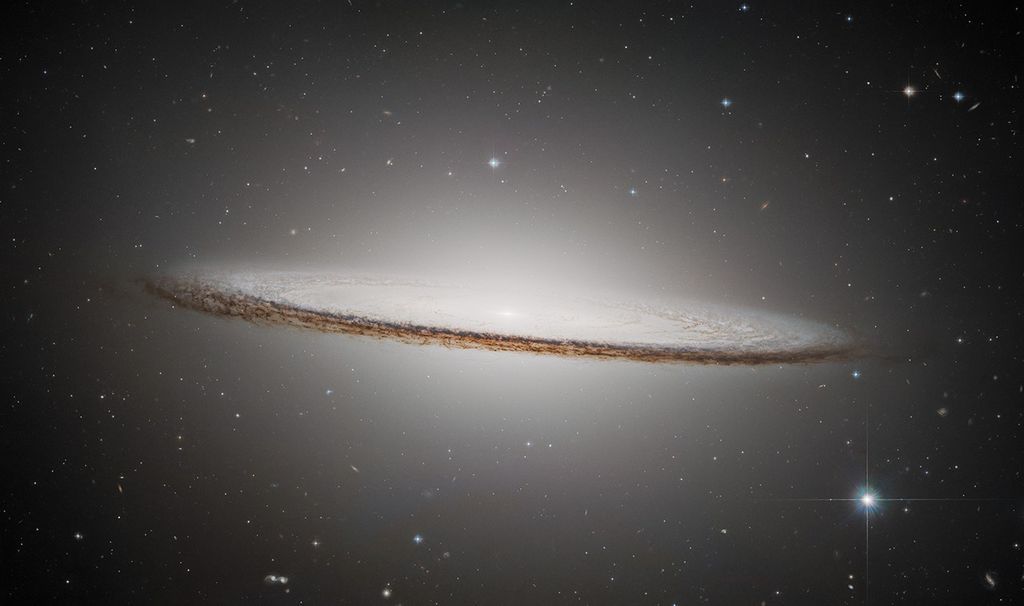 4 min read ### Hubble Provides New View of Galactic Favorite article4 days ago
4 min read ### Hubble Provides New View of Galactic Favorite article4 days ago
Back
### Missions
### Humans in Space
### Earth
### The Solar System
### The Universe
### Science
### Aeronautics
### Technology
### Learning Resources
### About NASA
### NASA en Español
### News & Events
### Multimedia
Highlights
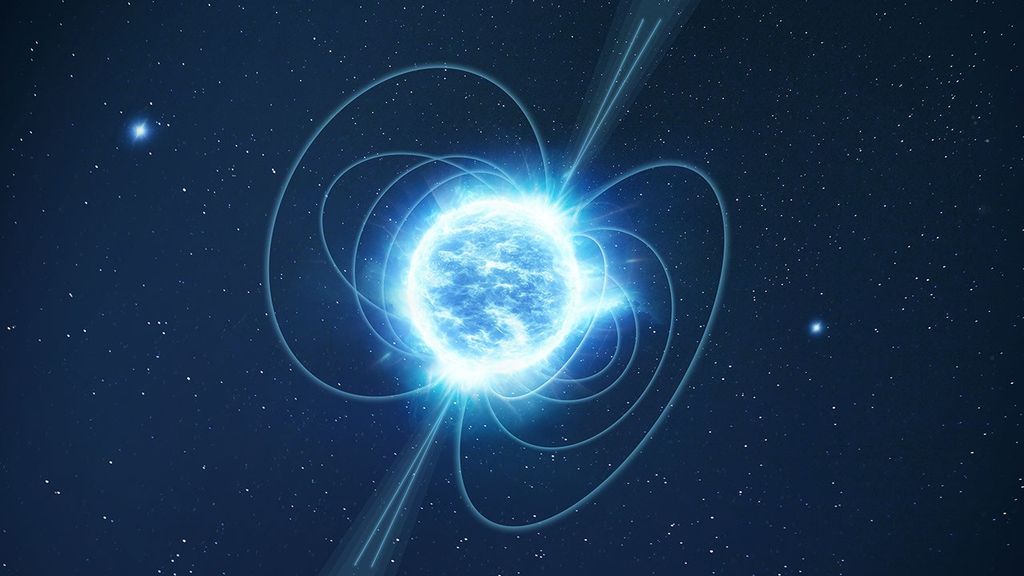 5 min read ### NASA’s Hubble Tracks a Roaming Magnetar of Unknown Origin article 5 days ago
5 min read ### NASA’s Hubble Tracks a Roaming Magnetar of Unknown Origin article 5 days ago 3 min read ### NASA’s Curiosity Rover May Have Solved Mars’ Missing Carbonate Mystery article 3 days ago
3 min read ### NASA’s Curiosity Rover May Have Solved Mars’ Missing Carbonate Mystery article 3 days ago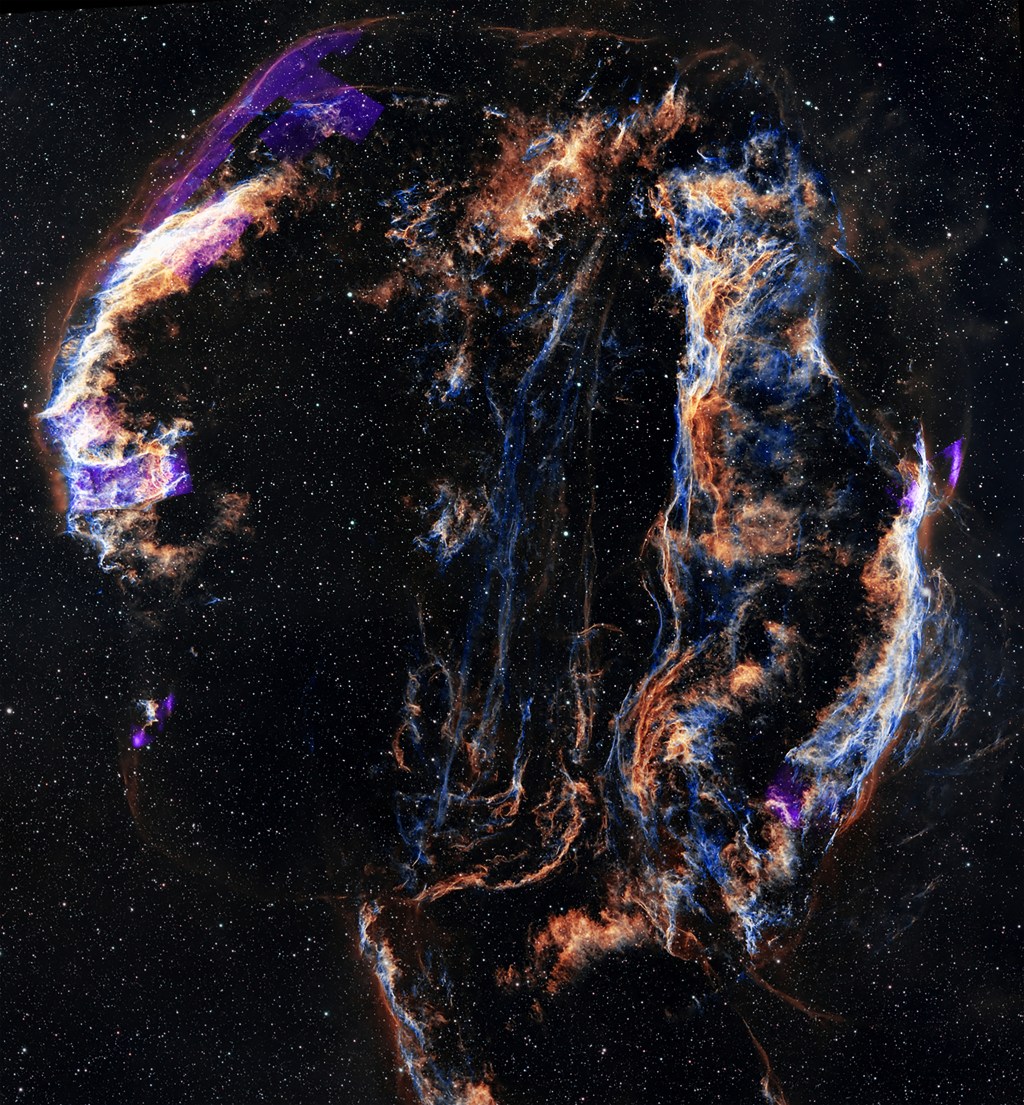 6 min read ### NASA’s Chandra Releases New 3D Models of Cosmic Objects article 4 days ago
6 min read ### NASA’s Chandra Releases New 3D Models of Cosmic Objects article 4 days ago
Highlights
 4 min read ### NASA Glenn to Test Air Quality Monitors Aboard Space Station article 2 days ago
4 min read ### NASA Glenn to Test Air Quality Monitors Aboard Space Station article 2 days ago 4 min read ### Science Meets Art: NASA Astronaut Don Pettit Turns the Camera on Science article 3 days ago
4 min read ### Science Meets Art: NASA Astronaut Don Pettit Turns the Camera on Science article 3 days ago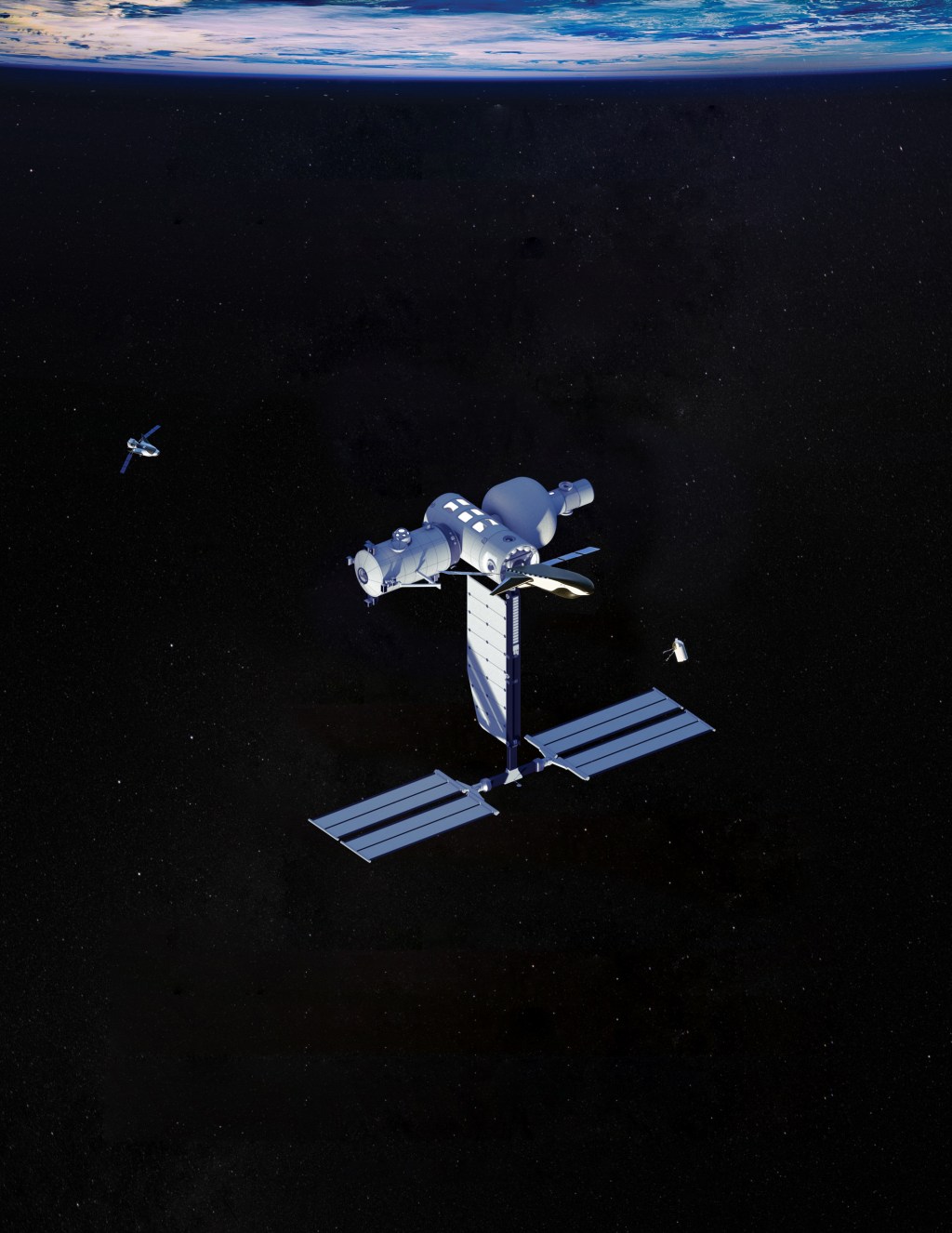 3 min read ### NASA Sees Progress on Blue Origin’s Orbital Reef Design Development article 4 days ago
3 min read ### NASA Sees Progress on Blue Origin’s Orbital Reef Design Development article 4 days ago
Highlights
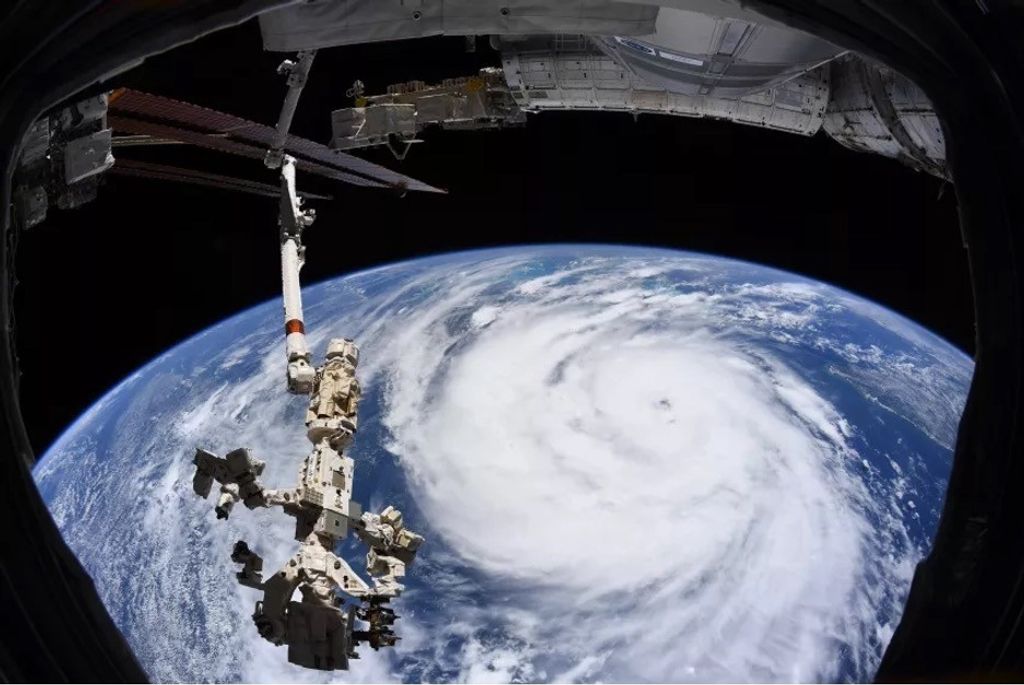 1 min read ### Severe Storms article 3 days ago
1 min read ### Severe Storms article 3 days ago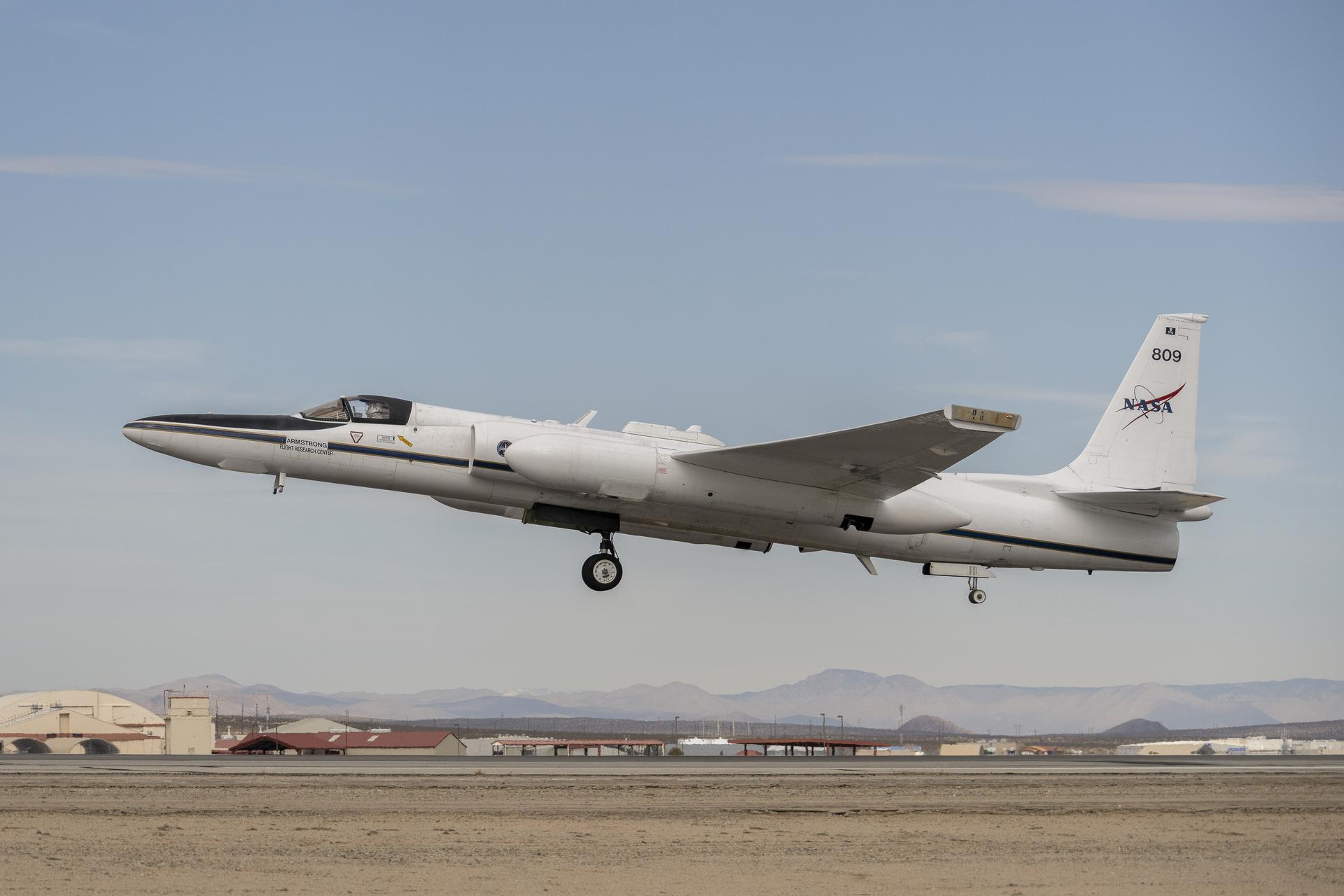 3 min read ### Testing in the Clouds: NASA Flies to Improve Satellite Data article 4 days ago
3 min read ### Testing in the Clouds: NASA Flies to Improve Satellite Data article 4 days ago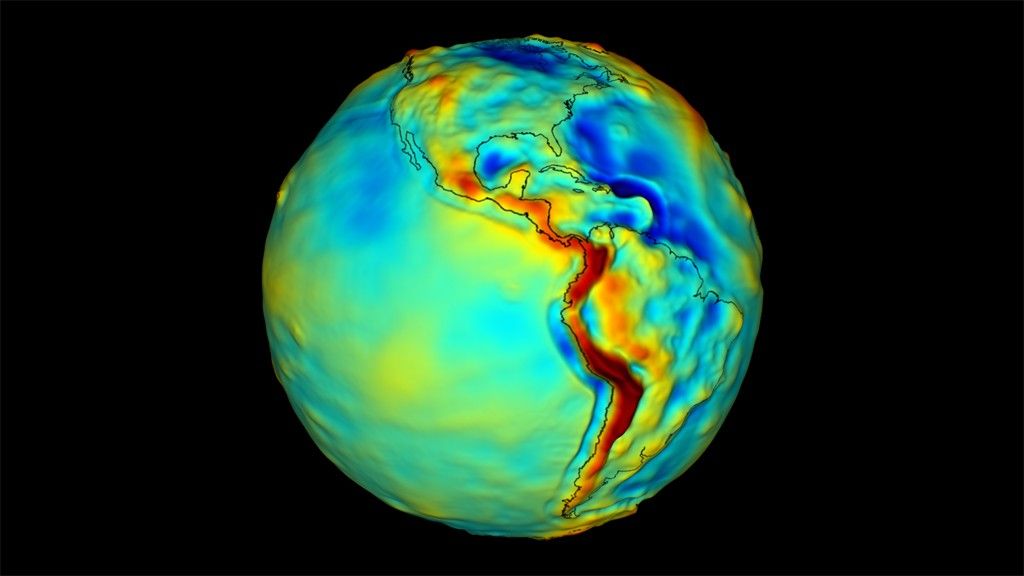 4 min read ### NASA Aims to Fly First Quantum Sensor for Gravity Measurements article 5 days ago
4 min read ### NASA Aims to Fly First Quantum Sensor for Gravity Measurements article 5 days ago
Highlights
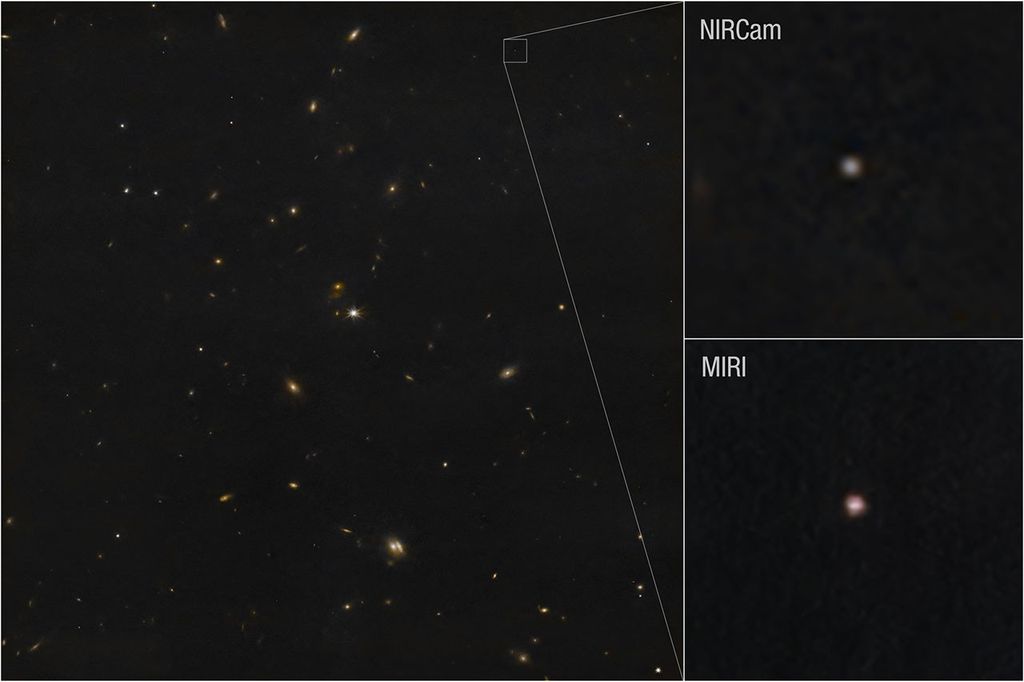 5 min read ### 2024 YR4 Facts article 3 days ago
5 min read ### 2024 YR4 Facts article 3 days ago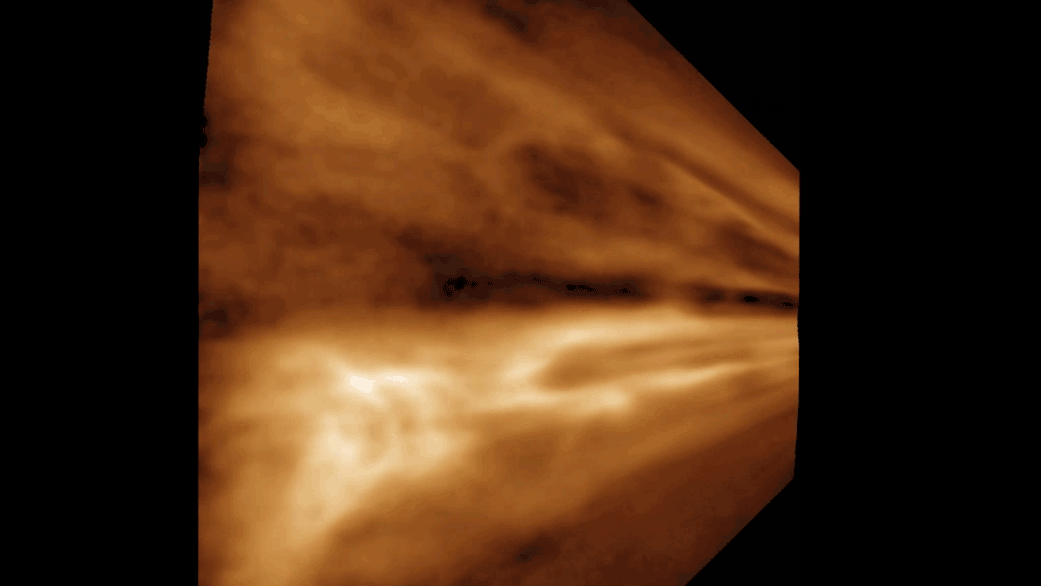 5 min read ### Can Solar Wind Make Water on Moon? NASA Experiment Shows Maybe article 5 days ago
5 min read ### Can Solar Wind Make Water on Moon? NASA Experiment Shows Maybe article 5 days ago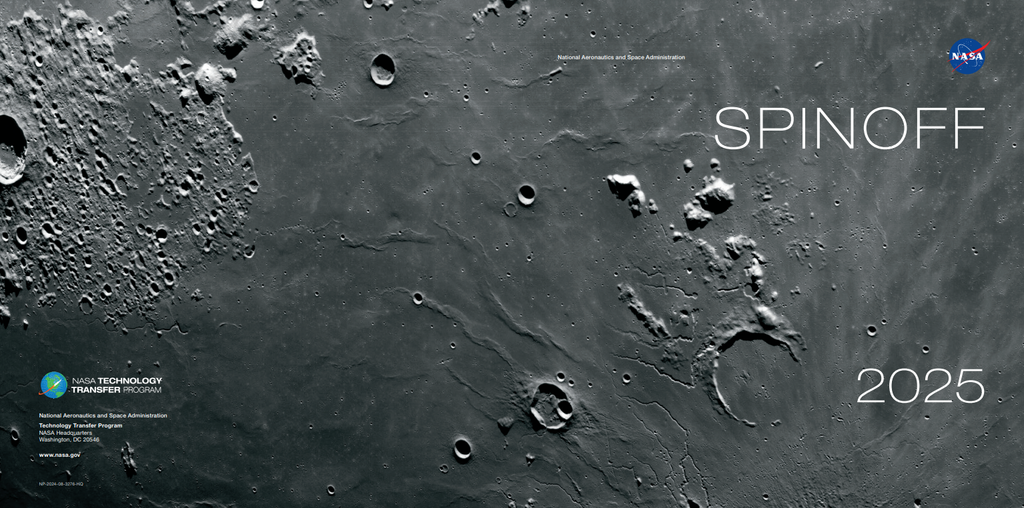 3 min read ### What Does NASA Science Do For Me? article 5 days ago
3 min read ### What Does NASA Science Do For Me? article 5 days ago
Highlights
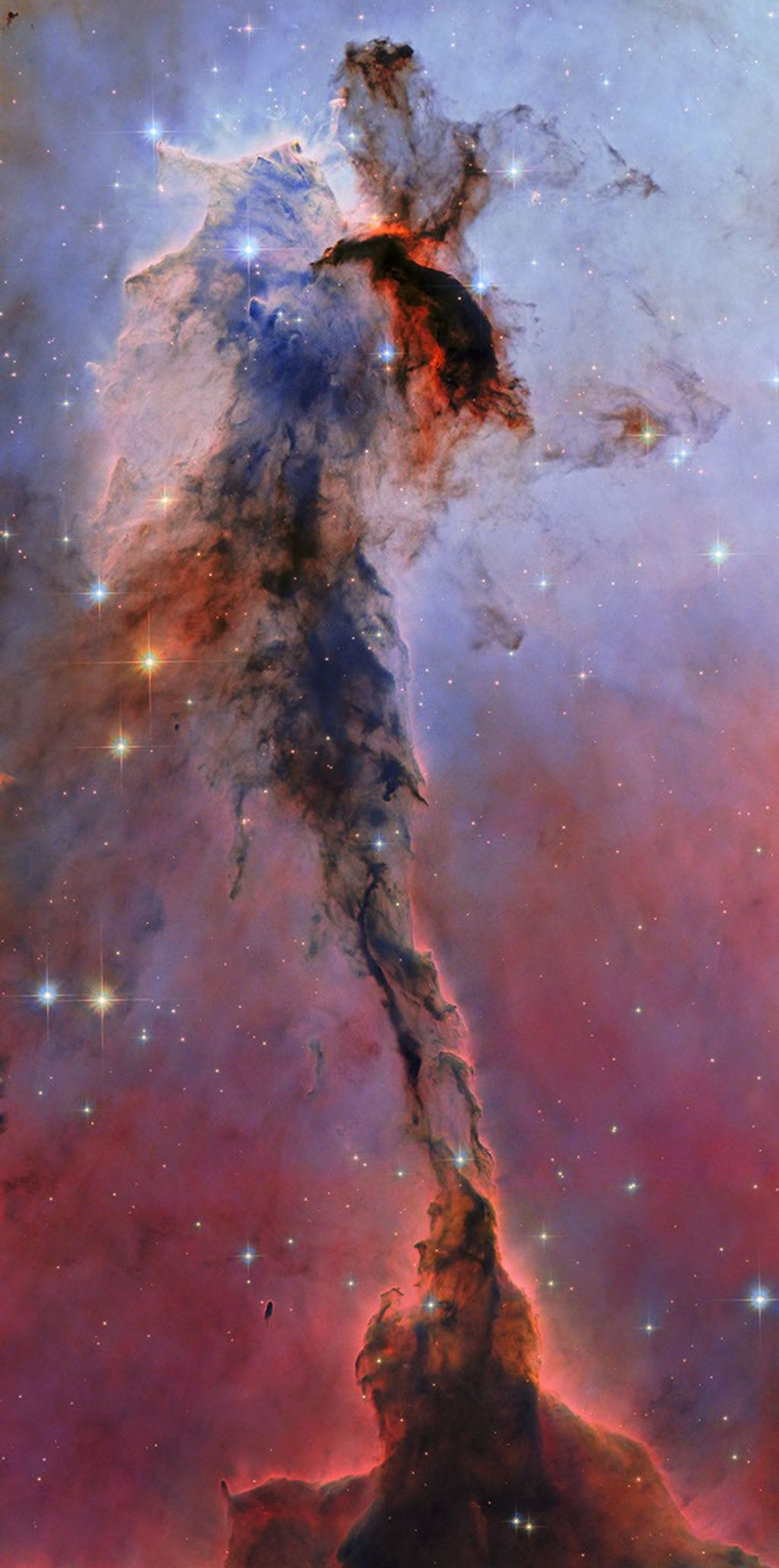 3 min read ### Hubble Spies Cosmic Pillar in Eagle Nebula article 2 days ago
3 min read ### Hubble Spies Cosmic Pillar in Eagle Nebula article 2 days ago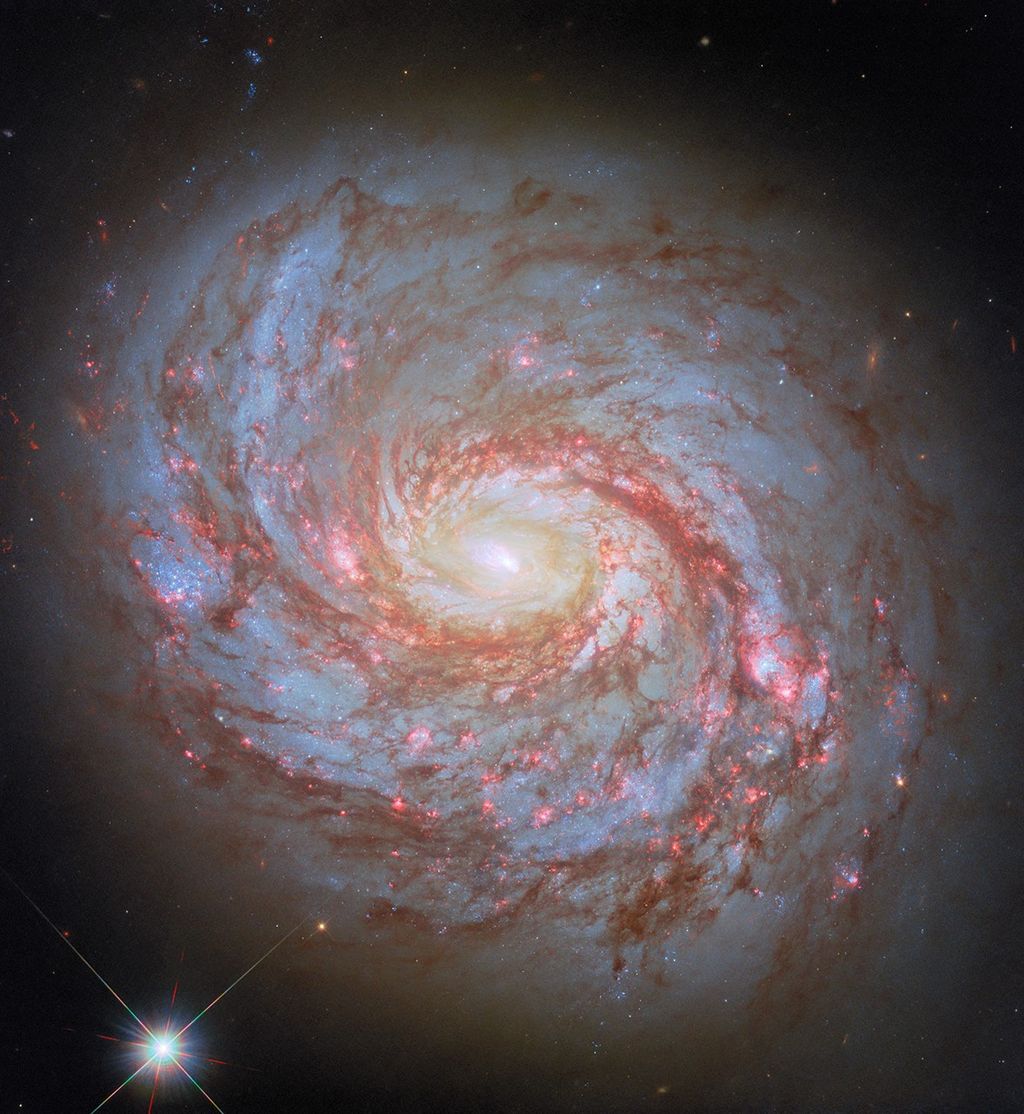 2 min read ### Hubble Spots a Squid in the Whale article 2 days ago
2 min read ### Hubble Spots a Squid in the Whale article 2 days ago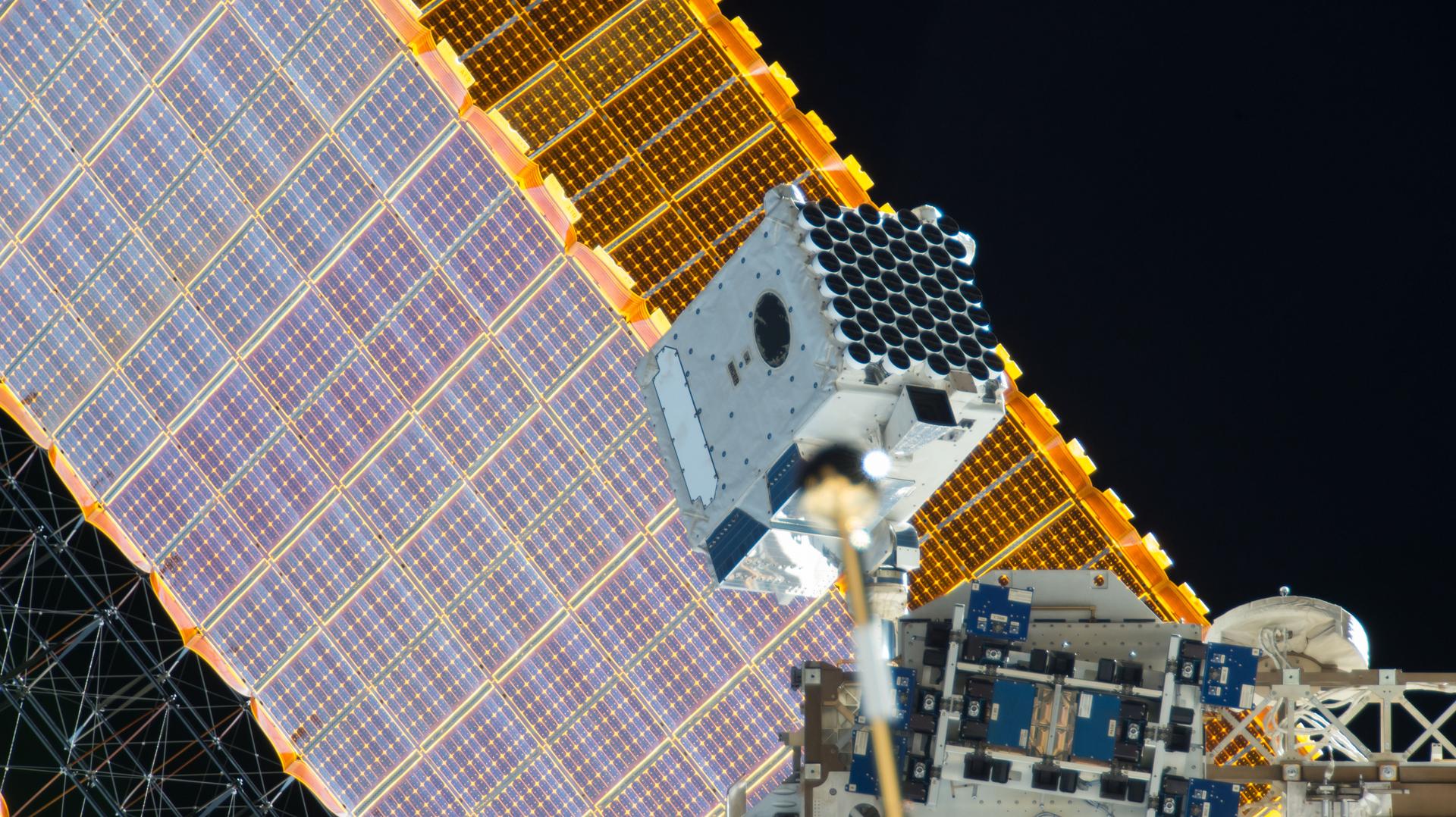 5 min read ### NICER Status Update article 3 days ago
5 min read ### NICER Status Update article 3 days ago
Highlights
 3 min read ### Hubble Spies Cosmic Pillar in Eagle Nebula article 2 days ago
3 min read ### Hubble Spies Cosmic Pillar in Eagle Nebula article 2 days ago 2 min read ### Hubble Spots a Squid in the Whale article 2 days ago
2 min read ### Hubble Spots a Squid in the Whale article 2 days ago 3 min read ### NASA’s Curiosity Rover May Have Solved Mars’ Missing Carbonate Mystery article 3 days ago
3 min read ### NASA’s Curiosity Rover May Have Solved Mars’ Missing Carbonate Mystery article 3 days ago
Highlights
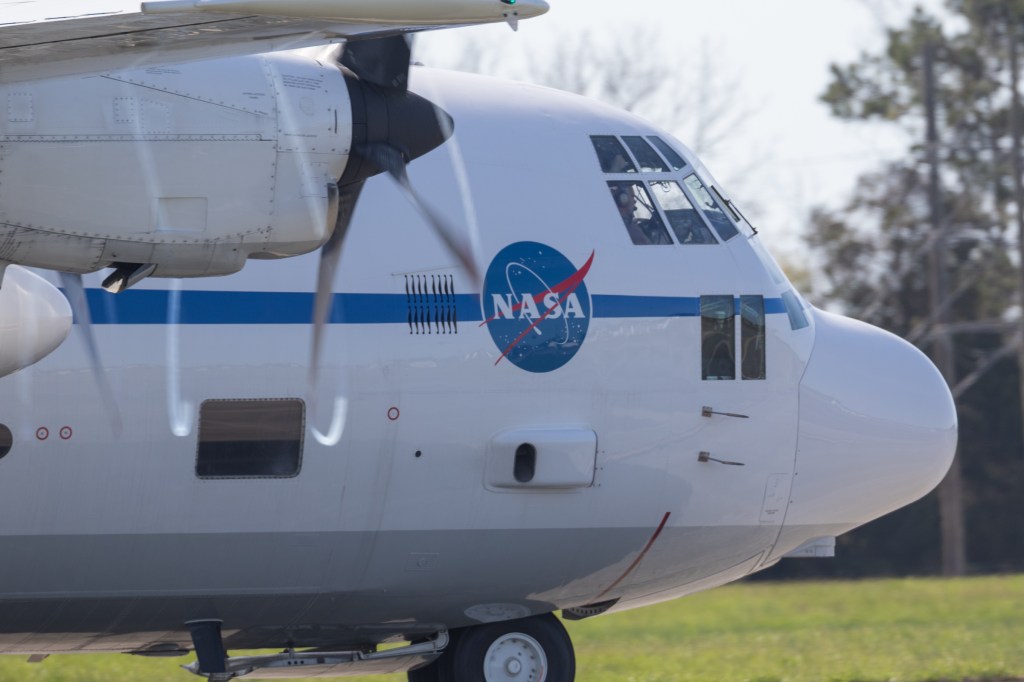 2 min read ### A Fond Farewell: NASA’s C-130 Begins New Mission in California article 2 days ago
2 min read ### A Fond Farewell: NASA’s C-130 Begins New Mission in California article 2 days ago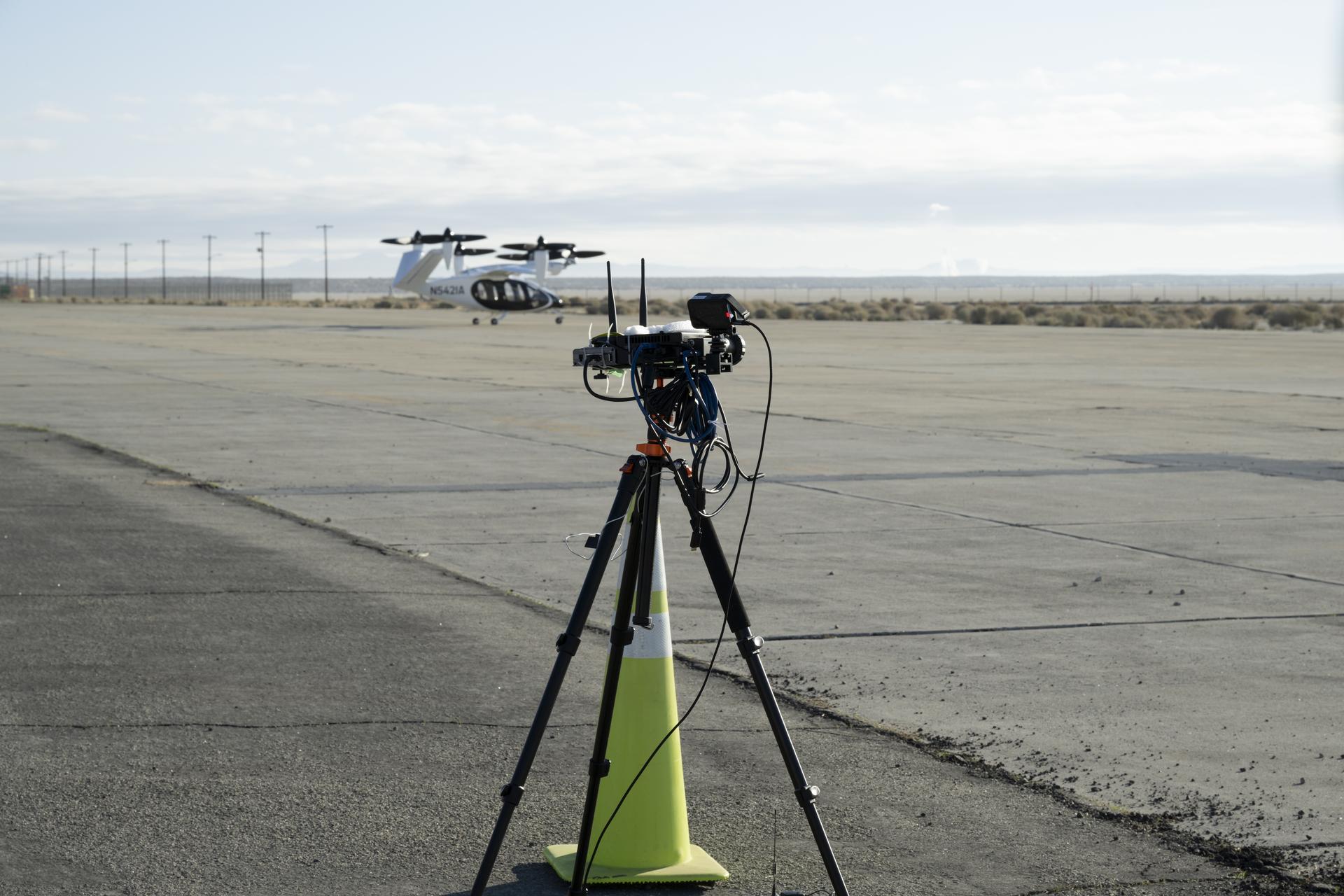 3 min read ### NASA Studies Wind Effects and Aircraft Tracking with Joby Aircraft article 3 days ago
3 min read ### NASA Studies Wind Effects and Aircraft Tracking with Joby Aircraft article 3 days ago 3 min read ### Testing in the Clouds: NASA Flies to Improve Satellite Data article 4 days ago
3 min read ### Testing in the Clouds: NASA Flies to Improve Satellite Data article 4 days ago
Highlights
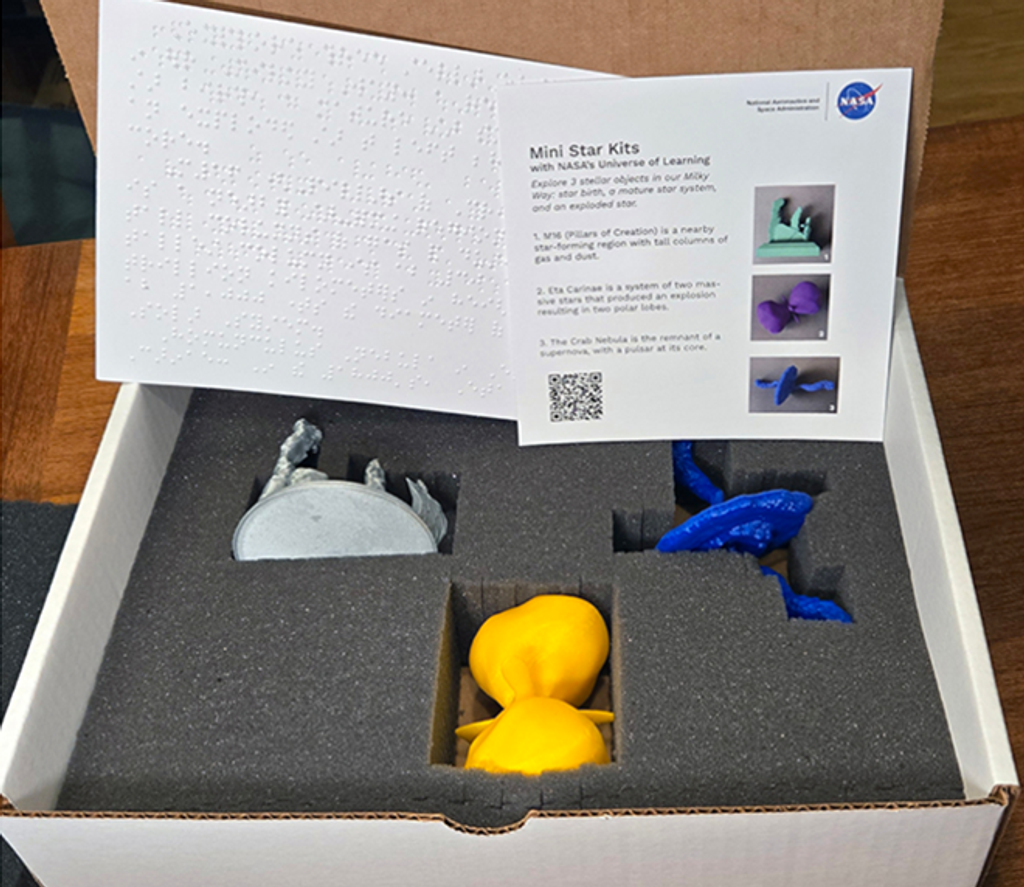 3 min read ### Exploring the Universe Through Sight, Touch, and Sound article 6 days ago
3 min read ### Exploring the Universe Through Sight, Touch, and Sound article 6 days ago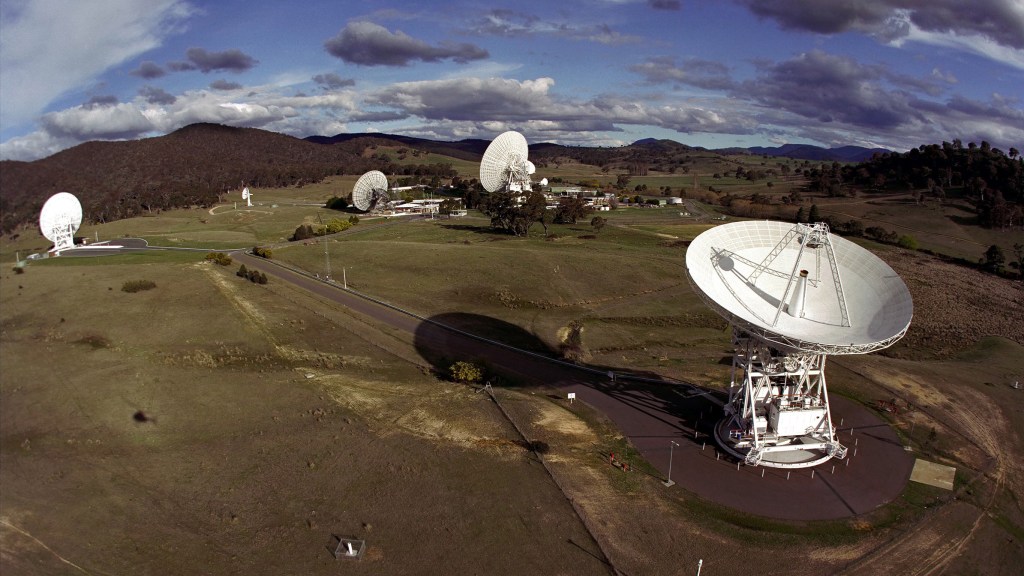 4 min read ### NASA’s Deep Space Network Starts New Dish, Marks 60 Years in Australia article 2 weeks ago
4 min read ### NASA’s Deep Space Network Starts New Dish, Marks 60 Years in Australia article 2 weeks ago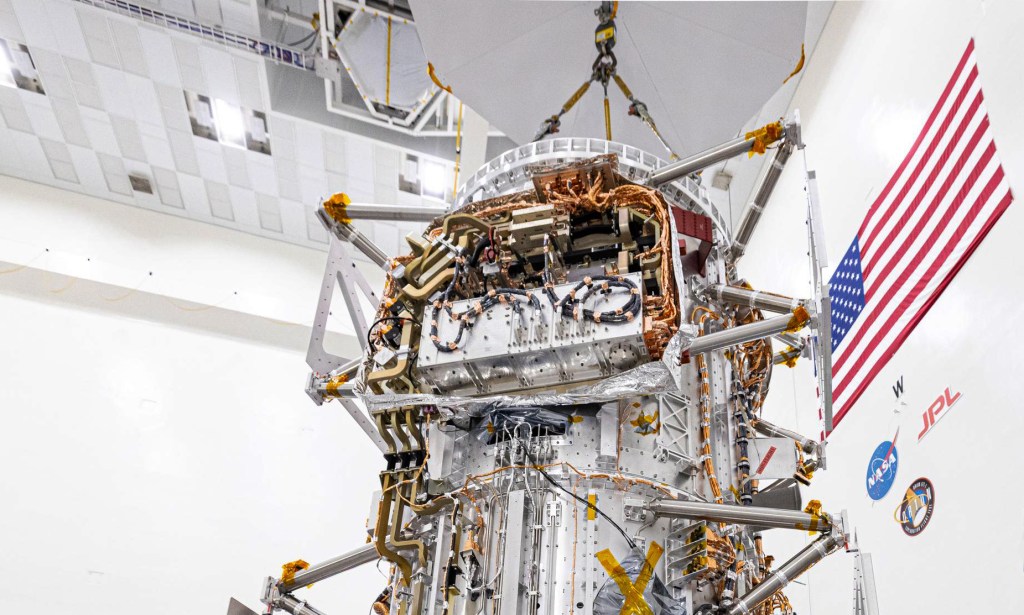 2 min read ### NASA Tech Developed for Home Health Monitoring article 2 weeks ago
2 min read ### NASA Tech Developed for Home Health Monitoring article 2 weeks ago
Highlights
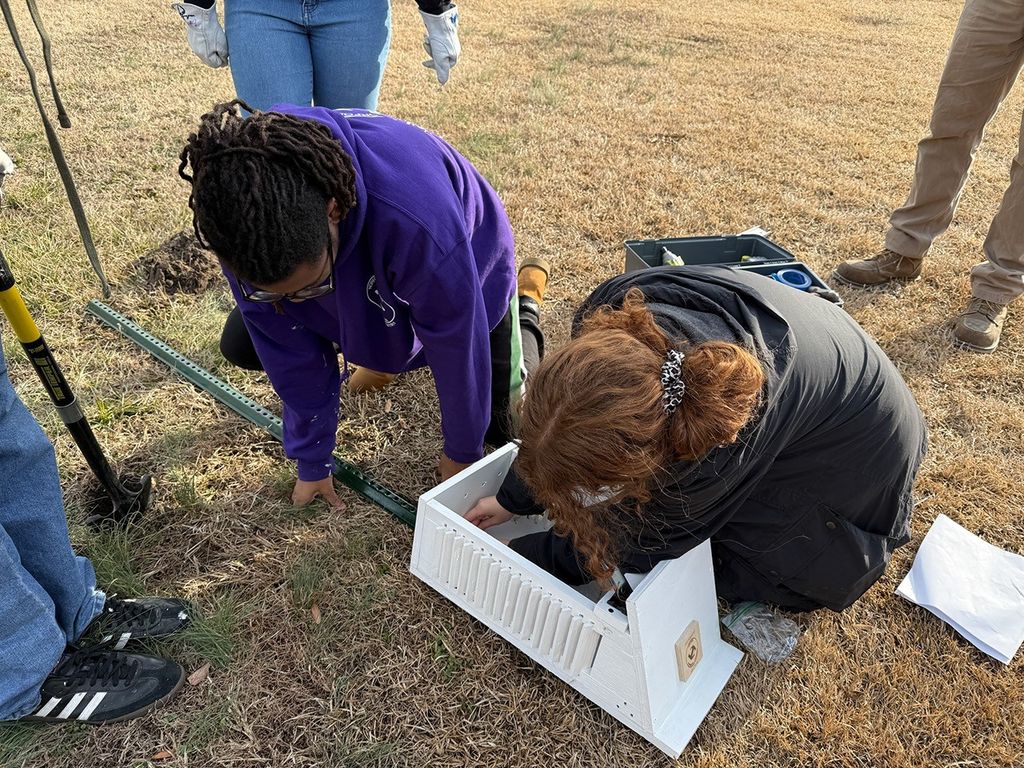 6 min read ### Building for a Better World: Norfolk Students Bring STEM to Life with NASA Partnership article 3 days ago
6 min read ### Building for a Better World: Norfolk Students Bring STEM to Life with NASA Partnership article 3 days ago 5 min read ### NASA Announces 31st Human Exploration Rover Challenge Winners article 6 days ago
5 min read ### NASA Announces 31st Human Exploration Rover Challenge Winners article 6 days ago 3 min read ### Exploring the Universe Through Sight, Touch, and Sound article 6 days ago
3 min read ### Exploring the Universe Through Sight, Touch, and Sound article 6 days ago
Highlights
 4 min read ### NASA Aims to Fly First Quantum Sensor for Gravity Measurements article 5 days ago
4 min read ### NASA Aims to Fly First Quantum Sensor for Gravity Measurements article 5 days ago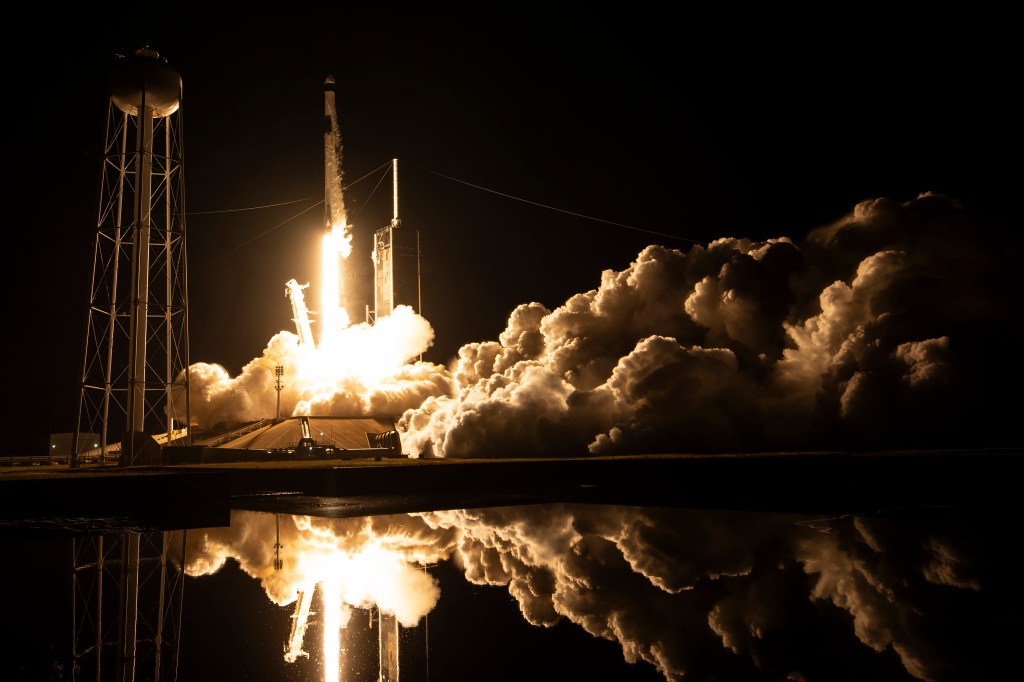 2 min read ### NASA Invites Virtual Guests to Launch of SpaceX 32nd Resupply Mission article 4 days ago
2 min read ### NASA Invites Virtual Guests to Launch of SpaceX 32nd Resupply Mission article 4 days ago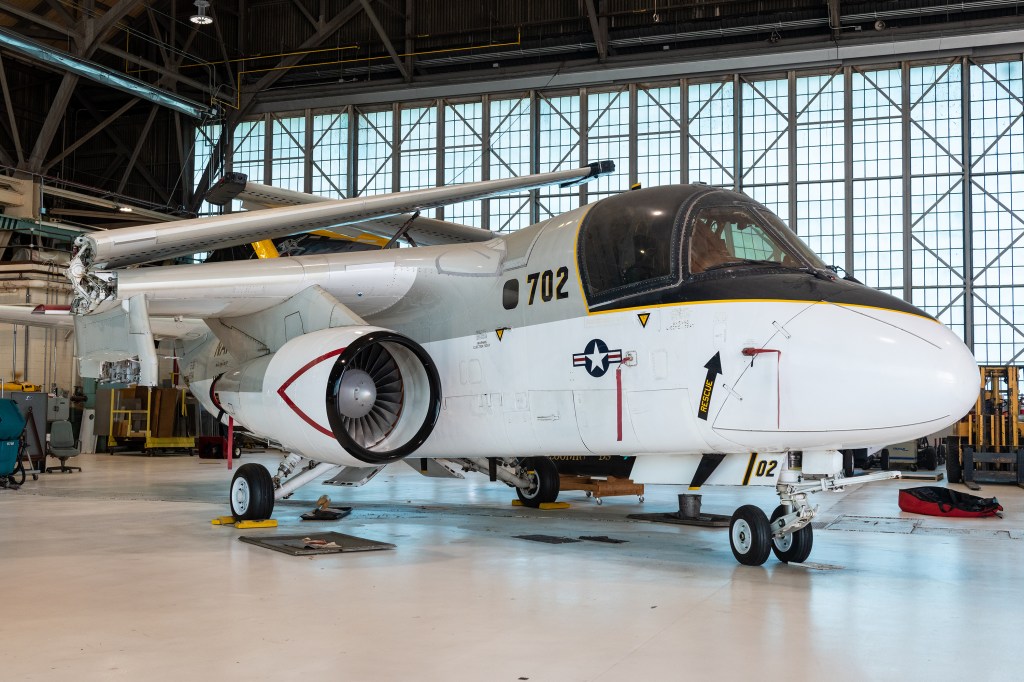 3 min read ### Going Home: NASA Retires S-3B Viking to POW/MIA Museum article 4 days ago
3 min read ### Going Home: NASA Retires S-3B Viking to POW/MIA Museum article 4 days ago
Highlights
 4 min read ### El X-59 de la NASA completa las pruebas electromagnéticas article 1 month ago
4 min read ### El X-59 de la NASA completa las pruebas electromagnéticas article 1 month ago 1 min read ### Mejores imágenes de Ciencia en la estación espacial 2024 article 2 months ago
1 min read ### Mejores imágenes de Ciencia en la estación espacial 2024 article 2 months ago 11 min read ### La NASA identifica causa de pérdida de material del escudo térmico de Orion de Artemis I article 4 months ago
11 min read ### La NASA identifica causa de pérdida de material del escudo térmico de Orion de Artemis I article 4 months ago
Explore Hubble
- Science
- Hubble Space Telescope
- Collapsing Star Gives Birth to...
- Hubble Home
- Overview
- Impact & Benefits
- Science
- Observatory
- Team
- News
- Multimedia
- More
4 min read
Collapsing Star Gives Birth to a Black Hole
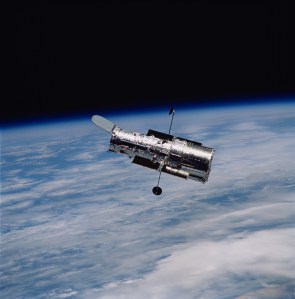
NASA Hubble Mission Team
Goddard Space Flight Center
May 25, 2017
Article
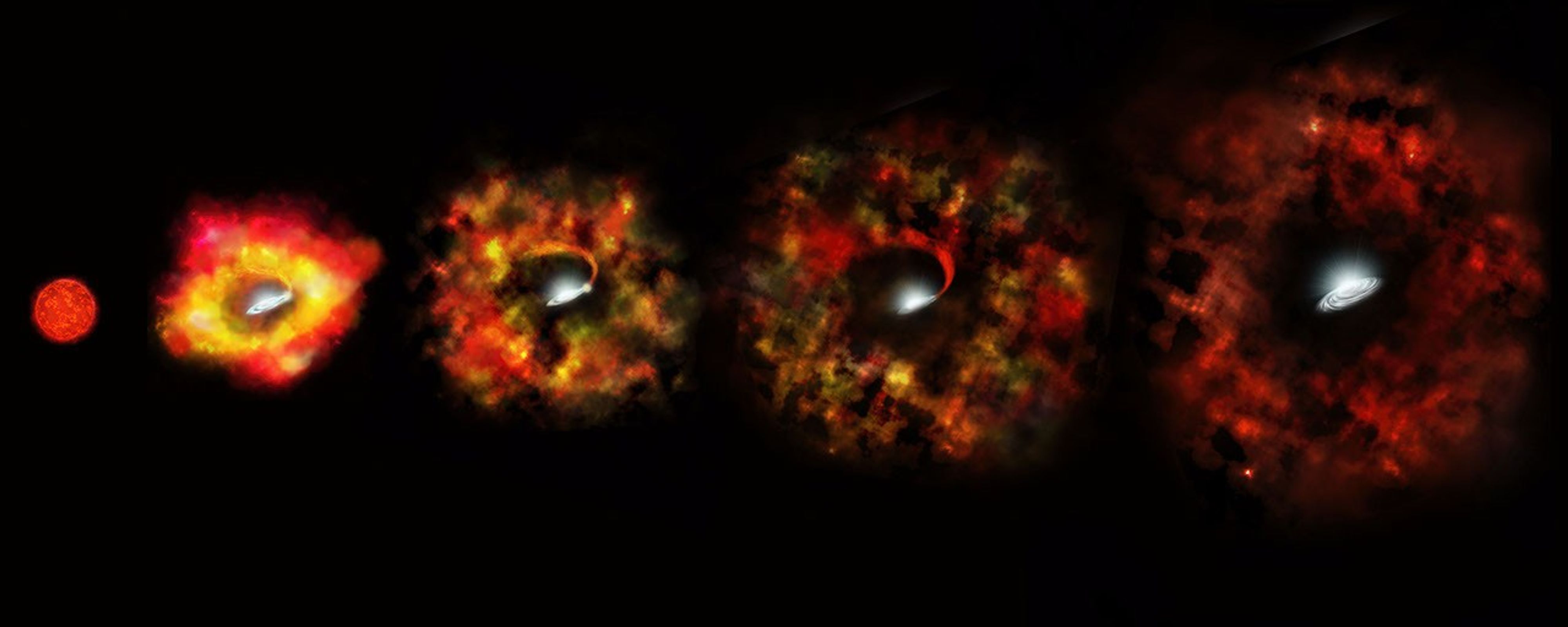
Massive Star Goes Out With a Whimper Instead of a Bang (Artist's Illustration) This illustration shows the final stages in the life of a supermassive star that fails to explode as a supernova but instead implodes under gravity to form a black hole. From left to right: the...
NASA, ESA, and P. Jeffries (STScI)
Astronomers have watched as a massive, dying star was likely reborn as a black hole. It took the combined power of the Large Binocular Telescope (LBT), and NASA's Hubble and Spitzer space telescopes to go looking for remnants of the vanquished star, only to find that it disappeared out of sight.
It went out with a whimper instead of a bang.
The star, which was 25 times as massive as our sun, should have exploded in a very bright supernova. Instead, it fizzled out—and then left behind a black hole.
A team of astronomers at The Ohio State University watched a star disappear and possibly become a black hole. Instead of becoming a black hole through the expected process of a supernova, the black hole candidate formed through a "failed supernova." - Download video in HD formats from NASA Goddard's Scientific Visualization Studio.
NASA’s Goddard Space Flight Center/Katrina Jackson
"Massive fails" like this one in a nearby galaxy could explain why astronomers rarely see supernovae from the most massive stars, said Christopher Kochanek, professor of astronomy at The Ohio State University and the Ohio Eminent Scholar in Observational Cosmology.
As many as 30 percent of such stars, it seems, may quietly collapse into black holes — no supernova required.
"The typical view is that a star can form a black hole only after it goes supernova," Kochanek explained. "If a star can fall short of a supernova and still make a black hole, that would help to explain why we don’t see supernovae from the most massive stars."
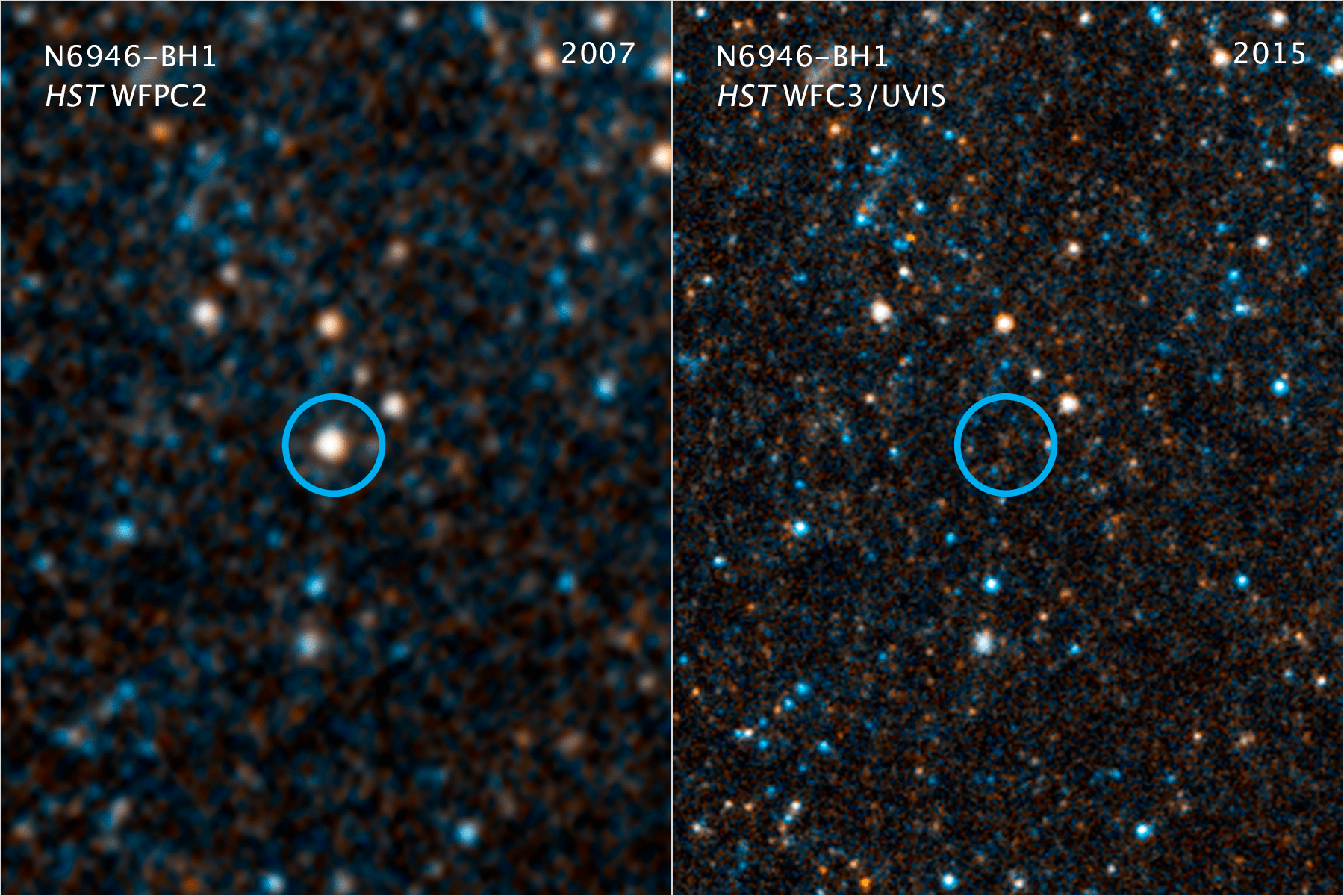
This pair of visible-light and near-infrared Hubble Space Telescope photos shows the giant star N6946-BH1 before and after it vanished out of sight by imploding to form a black hole. The left image shows the 25 solar mass star as it looked in 2007. In 2009, the star shot up in brightness to become over 1 million times more luminous than our sun for several months. But then it seemed to vanish, as seen in the right panel image from 2015. A small amount of infrared light has been detected from where the star used to be. This radiation probably comes from debris falling onto a black hole. The black hole is located 22 million light-years away in the spiral galaxy NGC 6946.
NASA, ESA, and C. Kochanek (OSU)
All the tests came up negative. The star was no longer there. By a careful process of elimination, the researchers eventually concluded that the star must have become a black hole.
It's too early in the project to know for sure how often stars experience massive fails, but Scott Adams, a former Ohio State student who recently earned his doctorate doing this work, was able to make a preliminary estimate.
"N6946-BH1 is the only likely failed supernova that we found in the first seven years of our survey. During this period, six normal supernovae have occurred within the galaxies we've been monitoring, suggesting that 10 to 30 percent of massive stars die as failed supernovae," he said.
"This is just the fraction that would explain the very problem that motivated us to start the survey, that is, that there are fewer observed supernovae than should be occurring if all massive stars die that way."
To study co-author Krzysztof Stanek, the really interesting part of the discovery is the implications it holds for the origins of very massive black holes — the kind that the LIGO experiment detected via gravitational waves. (LIGO is the Laser Interferometer Gravitational-Wave Observatory.)
It doesn't necessarily make sense, said Stanek, professor of astronomy at Ohio State, that a massive star could undergo a supernova — a process which entails blowing off much of its outer layers — and still have enough mass left over to form a massive black hole on the scale of those that LIGO detected.
"I suspect it's much easier to make a very massive black hole if there is no supernova," he concluded.
Adams is now an astrophysicist at Caltech. Other co-authors were Ohio State doctoral student Jill Gerke and University of Oklahoma astronomer Xinyu Dai. Their research was supported by the National Science Foundation.
NASA's Jet Propulsion Laboratory in Pasadena, California, manages the Spitzer Space Telescope mission for NASA's Science Mission Directorate, Washington, D.C. Science operations are conducted at the Spitzer Science Center at Caltech in Pasadena, California. Spacecraft operations are based at Lockheed Martin Space Systems Company, Littleton, Colorado. Data are archived at the Infrared Science Archive housed at the Infrared Processing and Analysis Center at Caltech. Caltech manages JPL for NASA.
The Large Binocular Telescope is an international collaboration among institutions in the United Sates, Italy and Germany.
The Hubble Space Telescope is a project of international cooperation between NASA and ESA (European Space Agency). NASA’s Goddard Space Flight Center in Greenbelt, Maryland, manages the telescope. The Space Telescope Science Institute in Baltimore, Maryland, conducts Hubble science operations. STScI is operated for NASA by the Association of Universities for Research in Astronomy, Inc., in Washington, D.C.
Related Images & Videos

N6946-BH1 Failed Supernova (Artist's Illustration)
Massive Star Goes Out With a Whimper Instead of a Bang (Artist's Illustration) This illustration shows the final stages in the life of a supermassive star that fails to explode as a supernova but instead implodes under gravity to form a black hole. From left to right: the...

N6946-BH1
Now You See it, Now You Don't: Massive Star Goes Out With a Whimper Instead of a Bang This pair of visible-light and near-infrared Hubble Space Telescope photos shows the giant star N6946-BH1 before and after it vanished out of sight by imploding to form a black hole. The left...

Compass and Scale Image for N6946-BH1

Birth of a Black Hole
A team of astronomers at The Ohio State University watched a star disappear and possibly become a black hole. Instead of becoming a black hole through the expected process of a supernova, the black hole candidate formed through a “failed supernova.” The team used NASA’s Hubble...
Share
Details
Last Updated
Mar 31, 2025
Location
Goddard Space Flight Center
Contact
Media
Claire Andreoli
NASA’s Goddard Space Flight Center
Greenbelt, Maryland
claire.andreoli@nasa.gov
Elizabeth Landau
Jet Propulsion Laboratory, Pasadena, California
Ray Villard
Space Telescope Science Institute, Baltimore, Maryland
Science
Christopher Kochanek / Krzysztof Stanek
Ohio State University, Columbus, Ohio
Scott Adams
Caltech, Pasadena, California
Pam Frost Gorder
Ohio State University, Columbus, Ohio
Credits
NASA, ESA, and C. Kochanek (OSU)
Related Terms
Related Links and Documents
Keep Exploring
Discover More Topics From Hubble
### Hubble Space Telescope Since its 1990 launch, the Hubble Space Telescope has changed our fundamental understanding of the universe.  Hubble Science Highlights
Hubble Science Highlights  Hubble Images
Hubble Images  Hubble News
Hubble News 

National Aeronautics and Space Administration
NASA explores the unknown in air and space, innovates for the benefit of humanity, and inspires the world through discovery.
Join Us
Follow NASA

 3 min read ### NASA’s Curiosity Rover May Have Solved Mars’ Missing Carbonate Mystery article3 days ago
3 min read ### NASA’s Curiosity Rover May Have Solved Mars’ Missing Carbonate Mystery article3 days ago 4 min read ### Science Meets Art: NASA Astronaut Don Pettit Turns the Camera on Science article3 days ago
4 min read ### Science Meets Art: NASA Astronaut Don Pettit Turns the Camera on Science article3 days ago 4 min read ### Hubble Provides New View of Galactic Favorite article4 days ago
4 min read ### Hubble Provides New View of Galactic Favorite article4 days ago 5 min read ### NASA’s Hubble Tracks a Roaming Magnetar of Unknown Origin article 5 days ago
5 min read ### NASA’s Hubble Tracks a Roaming Magnetar of Unknown Origin article 5 days ago 6 min read ### NASA’s Chandra Releases New 3D Models of Cosmic Objects article 4 days ago
6 min read ### NASA’s Chandra Releases New 3D Models of Cosmic Objects article 4 days ago 4 min read ### NASA Glenn to Test Air Quality Monitors Aboard Space Station article 2 days ago
4 min read ### NASA Glenn to Test Air Quality Monitors Aboard Space Station article 2 days ago 3 min read ### NASA Sees Progress on Blue Origin’s Orbital Reef Design Development article 4 days ago
3 min read ### NASA Sees Progress on Blue Origin’s Orbital Reef Design Development article 4 days ago 1 min read ### Severe Storms article 3 days ago
1 min read ### Severe Storms article 3 days ago 3 min read ### Testing in the Clouds: NASA Flies to Improve Satellite Data article 4 days ago
3 min read ### Testing in the Clouds: NASA Flies to Improve Satellite Data article 4 days ago 4 min read ### NASA Aims to Fly First Quantum Sensor for Gravity Measurements article 5 days ago
4 min read ### NASA Aims to Fly First Quantum Sensor for Gravity Measurements article 5 days ago 5 min read ### 2024 YR4 Facts article 3 days ago
5 min read ### 2024 YR4 Facts article 3 days ago 5 min read ### Can Solar Wind Make Water on Moon? NASA Experiment Shows Maybe article 5 days ago
5 min read ### Can Solar Wind Make Water on Moon? NASA Experiment Shows Maybe article 5 days ago 3 min read ### What Does NASA Science Do For Me? article 5 days ago
3 min read ### What Does NASA Science Do For Me? article 5 days ago 3 min read ### Hubble Spies Cosmic Pillar in Eagle Nebula article 2 days ago
3 min read ### Hubble Spies Cosmic Pillar in Eagle Nebula article 2 days ago 2 min read ### Hubble Spots a Squid in the Whale article 2 days ago
2 min read ### Hubble Spots a Squid in the Whale article 2 days ago 5 min read ### NICER Status Update article 3 days ago
5 min read ### NICER Status Update article 3 days ago 2 min read ### A Fond Farewell: NASA’s C-130 Begins New Mission in California article 2 days ago
2 min read ### A Fond Farewell: NASA’s C-130 Begins New Mission in California article 2 days ago 3 min read ### NASA Studies Wind Effects and Aircraft Tracking with Joby Aircraft article 3 days ago
3 min read ### NASA Studies Wind Effects and Aircraft Tracking with Joby Aircraft article 3 days ago 3 min read ### Exploring the Universe Through Sight, Touch, and Sound article 6 days ago
3 min read ### Exploring the Universe Through Sight, Touch, and Sound article 6 days ago 4 min read ### NASA’s Deep Space Network Starts New Dish, Marks 60 Years in Australia article 2 weeks ago
4 min read ### NASA’s Deep Space Network Starts New Dish, Marks 60 Years in Australia article 2 weeks ago 2 min read ### NASA Tech Developed for Home Health Monitoring article 2 weeks ago
2 min read ### NASA Tech Developed for Home Health Monitoring article 2 weeks ago 6 min read ### Building for a Better World: Norfolk Students Bring STEM to Life with NASA Partnership article 3 days ago
6 min read ### Building for a Better World: Norfolk Students Bring STEM to Life with NASA Partnership article 3 days ago 5 min read ### NASA Announces 31st Human Exploration Rover Challenge Winners article 6 days ago
5 min read ### NASA Announces 31st Human Exploration Rover Challenge Winners article 6 days ago 2 min read ### NASA Invites Virtual Guests to Launch of SpaceX 32nd Resupply Mission article 4 days ago
2 min read ### NASA Invites Virtual Guests to Launch of SpaceX 32nd Resupply Mission article 4 days ago 3 min read ### Going Home: NASA Retires S-3B Viking to POW/MIA Museum article 4 days ago
3 min read ### Going Home: NASA Retires S-3B Viking to POW/MIA Museum article 4 days ago 4 min read ### El X-59 de la NASA completa las pruebas electromagnéticas article 1 month ago
4 min read ### El X-59 de la NASA completa las pruebas electromagnéticas article 1 month ago 1 min read ### Mejores imágenes de Ciencia en la estación espacial 2024 article 2 months ago
1 min read ### Mejores imágenes de Ciencia en la estación espacial 2024 article 2 months ago 11 min read ### La NASA identifica causa de pérdida de material del escudo térmico de Orion de Artemis I article 4 months ago
11 min read ### La NASA identifica causa de pérdida de material del escudo térmico de Orion de Artemis I article 4 months ago








